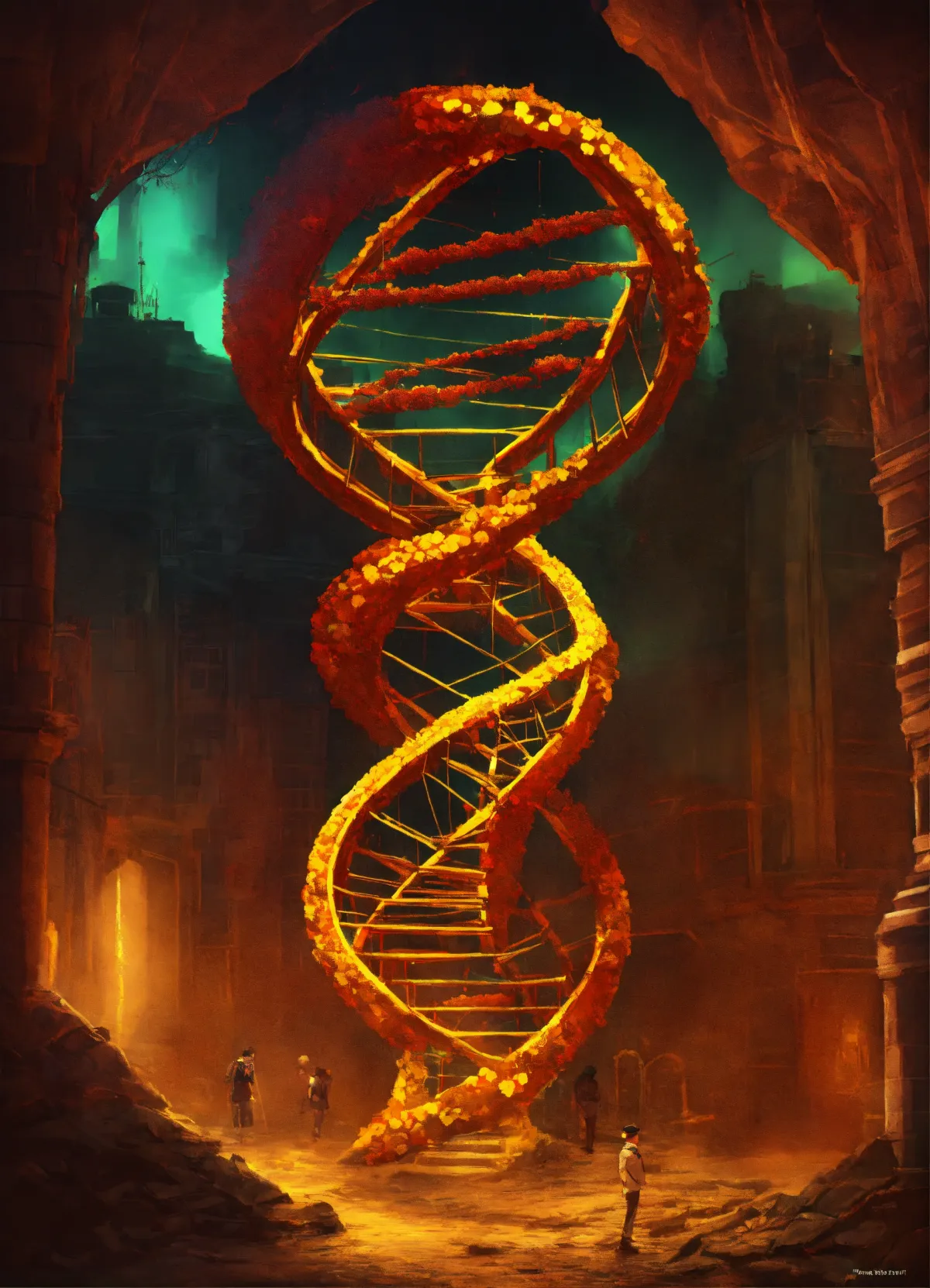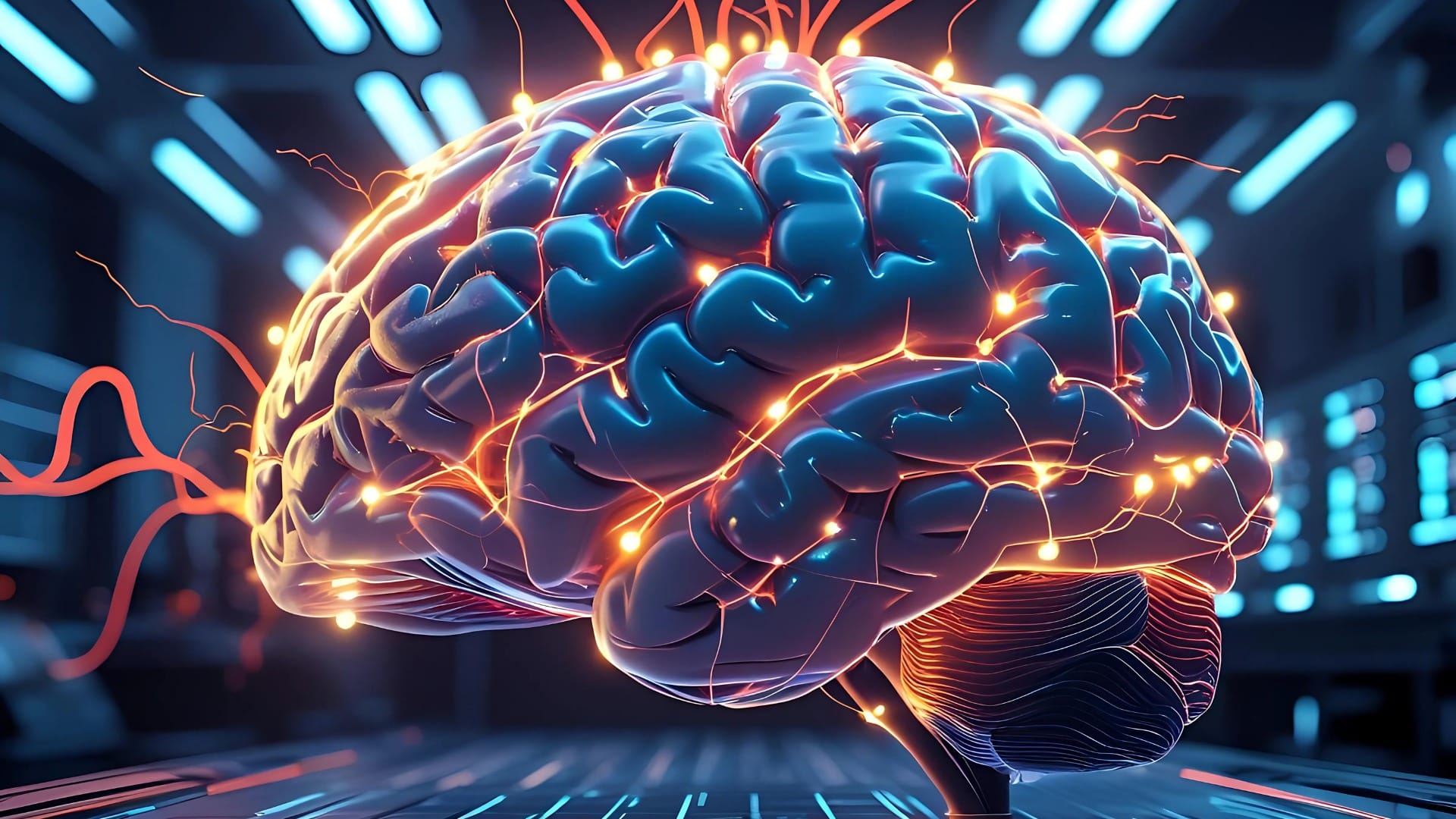Biology 2.0 Unlocked: Decoding Life's Blueprint
“Biology 2.0 was never about control. It was about possibility. Yes, I unlocked the code, but it was humanity’s choice how to use it. And we failed to choose wisely.”

The air in the laboratory hummed with anticipation, mingling with the quiet rhythm of typing and the soft whirring of machines. Dr. Amara Voss stood before the holographic display, her fingers gliding through the glowing interface as she manipulated a complex sequence of digital DNA. This was no ordinary research. It was the culmination of humanity’s most ambitious endeavor: decoding and rewriting the blueprint of life itself. They called it Biology 2.0, a project so audacious that it danced on the razor-thin edge between hope and hubris.
Amara’s mind swirled with the weight of the task before her. The team’s breakthrough had come just days ago, when they had successfully synthesized an entirely new nucleotide pair—beyond the constraints of adenine, thymine, guanine, and cytosine. This pair, nicknamed "Eos" and "Nyx," opened the gates to rewriting evolution itself. If DNA was nature’s symphony, then Amara was now its composer, holding the power to orchestrate new melodies, new lives, and possibly new worlds.
The room's quiet shattered as her assistant, Kai, burst in, clutching a tablet. His excitement spilled into the air like a charged current. "Amara! The simulation succeeded! The new organism self-replicated perfectly, and its synthetic genes didn’t degrade."
For a moment, the weight on Amara’s chest lifted. Years of sleepless nights, ethical debates, and scientific failures had finally crystallized into triumph. But it wasn’t just triumph—it was a Pandora’s box.
The Warning
Amara convened her team that evening in the lab’s dimly lit briefing room. She looked around at their tired yet eager faces, the collective brilliance gathered in this space overwhelming in its sheer potential.
“This is a turning point for humanity,” Amara began, her voice steady but firm. “What we’ve done here—this will change everything. Medicine, ecology, agriculture. But it will also attract forces we can’t control. Governments. Corporations. People who see this as a weapon, not a tool. We need to tread carefully.”
Kai leaned forward, his usual enthusiasm tempered by Amara’s gravity. “But isn’t that why we’re here? To make sure it’s used responsibly? We’re the stewards of this technology.”
Amara nodded but felt a pang of doubt. Responsibility was such a fragile thing, easily splintered under the weight of ambition and greed. “We’ll release only controlled applications. Nothing that could be misused. Agreed?”
The team murmured their assent, but Amara couldn’t shake the unease gnawing at her. The power to rewrite life was no small thing. And humanity, she knew, had a history of misusing its greatest gifts.
A World Rewritten
Months passed, and Biology 2.0 transformed the world in unimaginable ways. Diseases like cancer and Alzheimer’s became relics of the past as scientists tailored cellular repair mechanisms using the Eos-Nyx base pairs. Crops that thrived in deserts and cured malnutrition were deployed worldwide. Even endangered species were resurrected from extinction, their genetic codes perfected and released into the wild.
But progress had its shadows. Rival labs began reverse-engineering the technology, creating unregulated modifications to the genome. A black market for genetic enhancements emerged, offering traits from hyper-intelligence to bioluminescent skin. The most dangerous experiments, however, were carried out in secret: weaponized viruses, self-replicating organisms designed for sabotage.
Amara found herself at the center of a growing storm. Her once-harmonious symphony was now discordant, a cacophony of unintended consequences. The world she had sought to heal was unraveling at the seams.
The Reckoning
The breaking point came on a cold, gray morning. A rogue biotech firm had released a synthetic predator into the Pacific Ocean, a creature designed to clean up plastic waste. But it mutated, devouring marine ecosystems and disrupting global food chains. Governments scrambled to contain the chaos, and fingers pointed at Amara.
“You gave them the keys,” a UN official accused during a public hearing. “You unlocked the code of life and handed it to the world without a lock or key.”
Amara stood before the assembly, her heart heavy but her resolve unbroken. “Biology 2.0 was never about control. It was about possibility. Yes, I unlocked the code, but it was humanity’s choice how to use it. And we failed to choose wisely.”
As the room erupted in debate, Amara felt a rare flicker of hope. The problem wasn’t the technology—it was the inability to adapt ethically to its rapid pace. Perhaps this reckoning would force humanity to reflect, to become better stewards of the powers it wielded.
The Final Note
In the months that followed, Amara disappeared from public view, retreating to a secluded island where she began a new project: a failsafe. Using the Eos-Nyx pair, she designed an organism capable of undoing the damage wrought by reckless genetic experiments—a "biological reset" button. But she left it dormant, hidden in the depths of a secure archive.
“Humanity must learn to heal itself,” she whispered as she sealed the archive, her heart heavy with hope and fear.
Years later, stories of her brilliance turned to legend. People spoke of Amara Voss as a tragic figure, a Prometheus who gifted humanity the fire of life itself. But in her solitude, she didn’t feel like a hero. She was simply a scientist who dared to listen to nature’s symphony—and hoped, against all odds, that humanity would learn to conduct it wisely.




